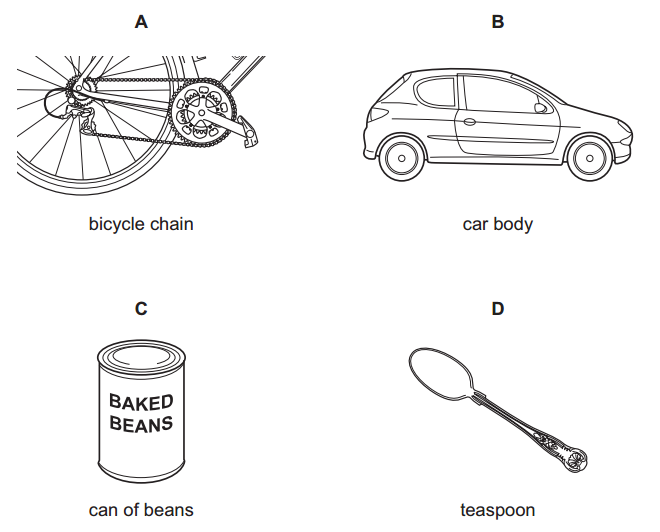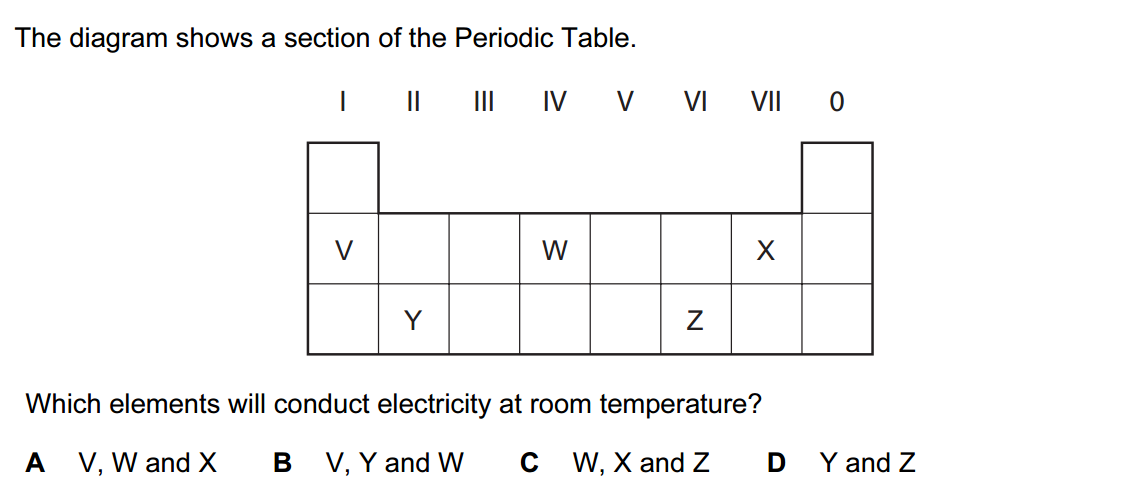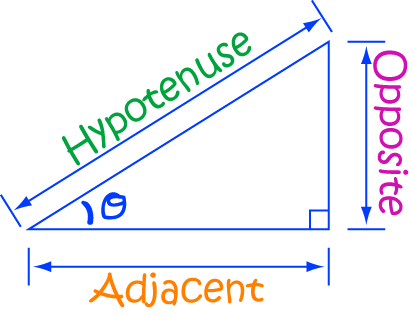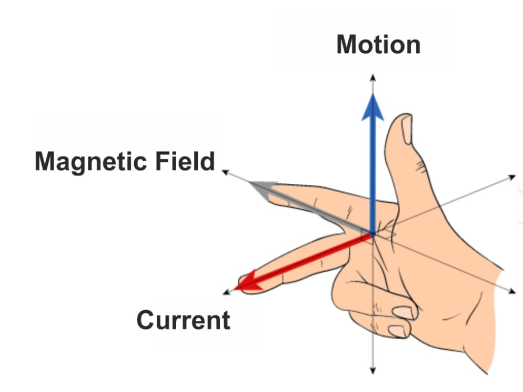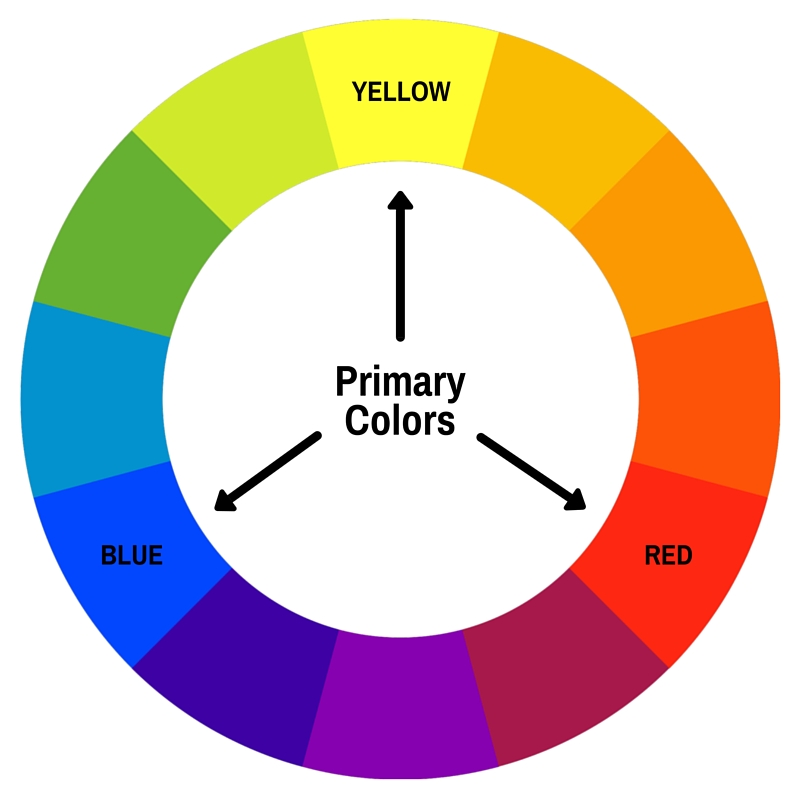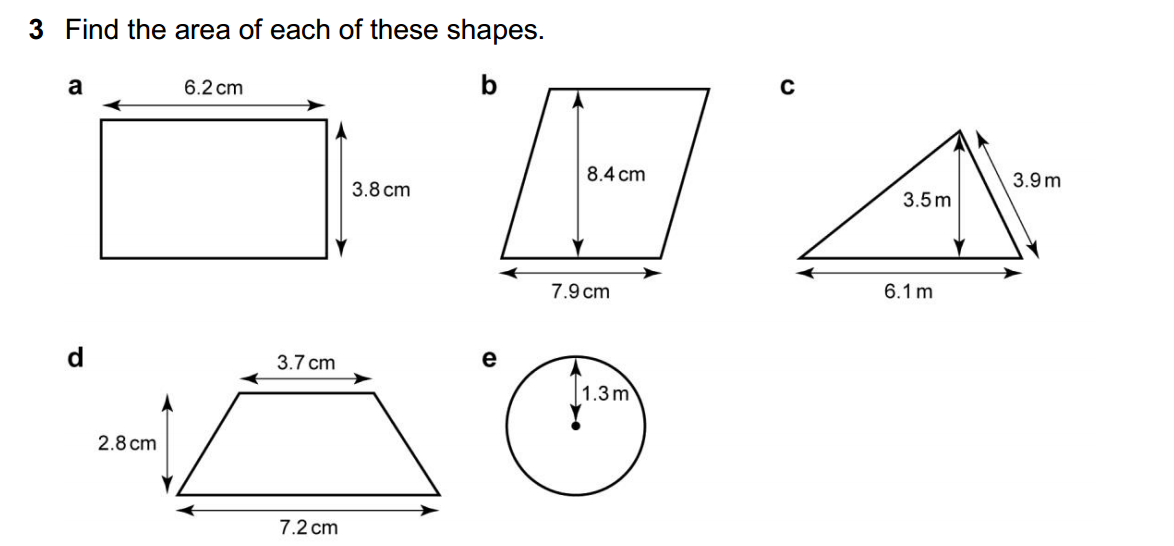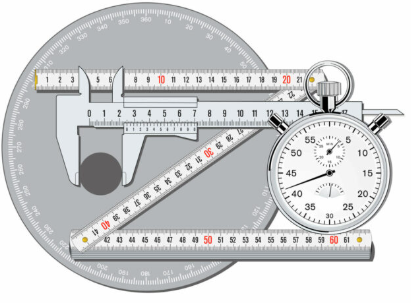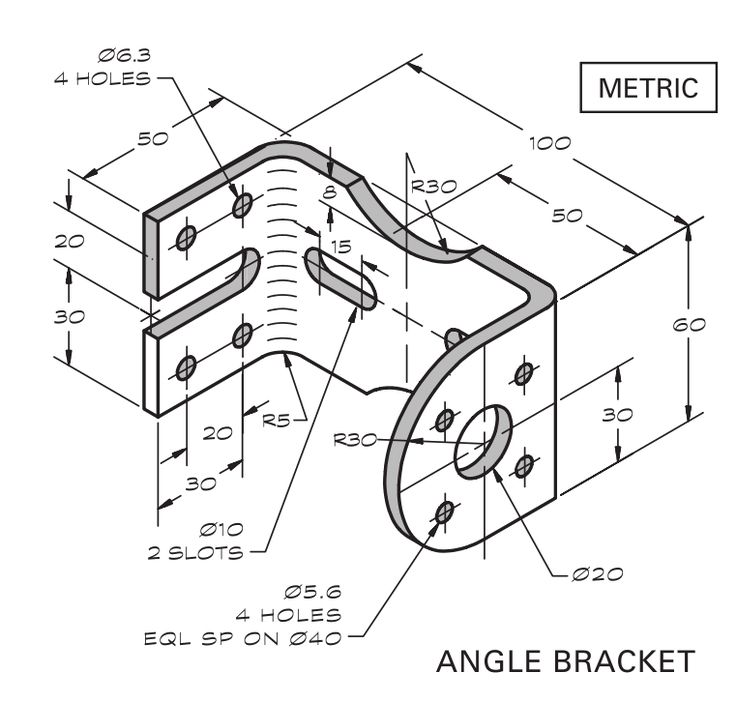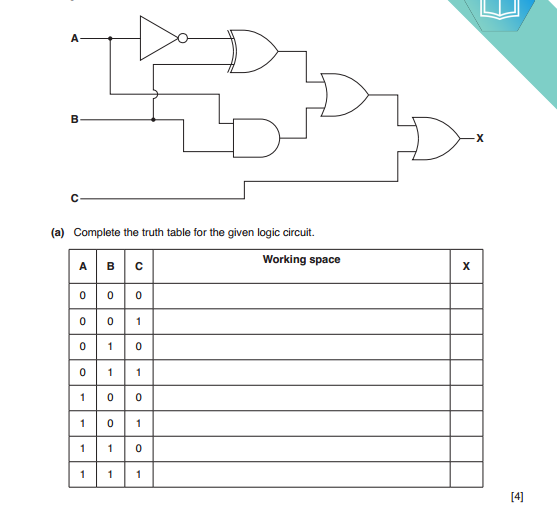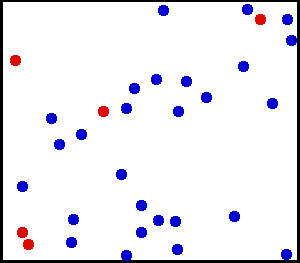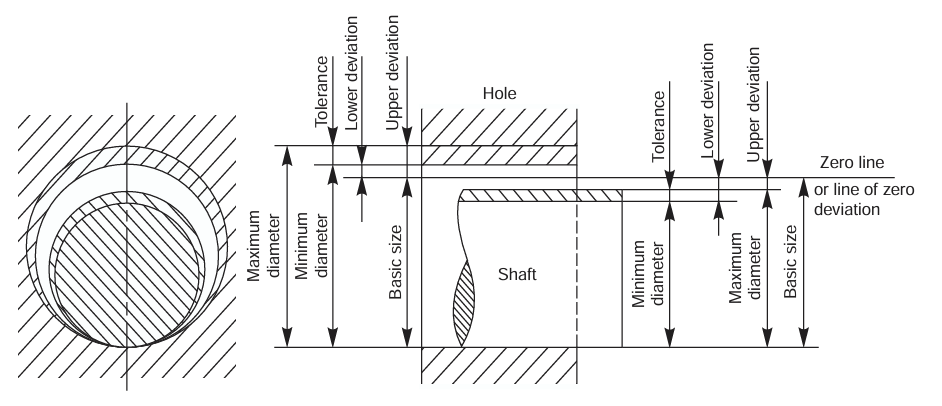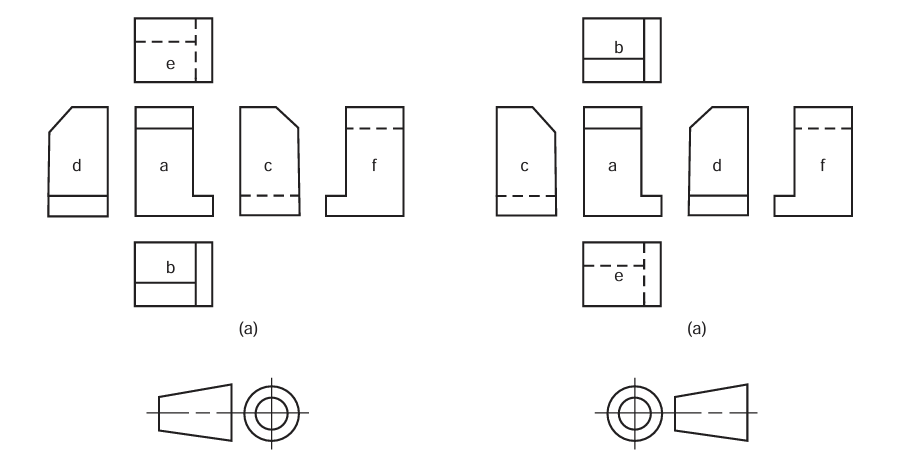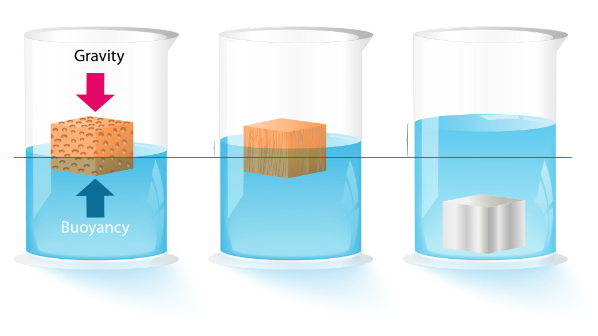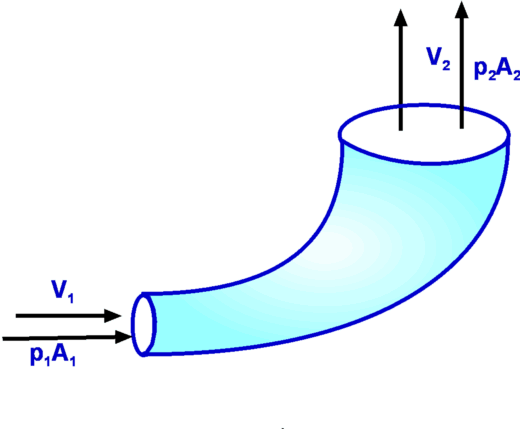- Architectural Drawings: Plans, elevations, sections, and details that communicate the design intent and technical information of a building.
- Building Codes: Regulations and standards that govern the design, construction, and occupancy of buildings to ensure safety, accessibility, and structural integrity.
- Site Analysis: Evaluation of a site’s characteristics, including topography, climate, vegetation, and infrastructure, to inform the design process.
- Sustainability: Design principles and strategies aimed at minimizing the environmental impact of buildings, including energy efficiency, resource conservation, and waste reduction.
- Building Information Modeling (BIM): Digital representation of a building’s physical and functional characteristics, allowing architects to visualize, simulate, and analyze the design in a virtual environment.
- Structural System: The arrangement of structural elements such as beams, columns, and foundations that support the weight of a building and resist applied loads.
- Facade: The exterior face or envelope of a building, including walls, windows, doors, and cladding materials.
- Space Planning: Arrangement and organization of interior spaces to meet functional requirements, circulation patterns, and user needs.
- Material Selection: Choosing appropriate building materials based on factors such as durability, aesthetics, cost, and environmental impact.
- Programming: The process of gathering and analyzing requirements and objectives from clients and stakeholders to inform the design of a building or space.
- Zoning: Land use regulations that dictate how a property can be developed and what types of activities are permitted in specific areas.
- Daylighting: Design strategy to maximize natural light penetration into interior spaces, reducing the need for artificial lighting and enhancing occupant comfort.
- Accessibility: Designing buildings and spaces to ensure equal access and usability for people of all abilities, including those with disabilities.
- Construction Documents: Detailed drawings, specifications, and other documentation prepared by architects to communicate the design intent and technical requirements to contractors and builders.
- Urban Design: Planning and design of cities, neighborhoods, and public spaces to create functional, attractive, and sustainable environments for residents and visitors.
These terms represent just a subset of the extensive vocabulary used in architectural engineering. Understanding and applying these concepts is essential for architects to effectively communicate, design, and execute projects.





